NIHON KASETSU Japan implemented a complete telemetric monitoring and control system in October 2016 for a major construction project in China. What was different about the project was that it required a system which was extremely robust, reliable and above all versatile; this was because of both the difficulties of the terrain and the variety of requirements demanded from the system by the final customer.The solution provided by NIHON KASETSU was based on the Japanese version of the eComo Monitoring System, and was the optimum given the project requirements.
The Yunnan Province of China is expanding the Wu Yi Expressway, which is an important land communication route that will form part of the Yunnan Metropolitan Highways system in southwest China.

The section connecting Wuding with Yi is 104km long, has 6 lanes (3 in each direction) and a width of 33.5m. Its construction period is two years, from 2016 to 2018.
The consortium consists of the Communications Department and the Technology and Science Office from the Yunnan Provincial Government, together with the Beijing Geological Research Institute and the constructor, Yunnan Wu Yi Express Way. It commissioned NIHON KASETSU to install a complete monitoring system with different parameters at different points of the work.
The complete project consisted of:
- 3 fixed air quality measurement stations: for PM2.5 and PM10 particulate matter concentration, CO2, wind speed and direction, humidity and rainfall. The harsh weather conditions of the area make it necessary to modify the dust particle sensors, including a thermal insulation and heating system, to prevent condensation which would cause measurement errors at low temperatures.
- A modified Toyota Land Cruiser, which incorporates a NIHON KASETSU mobile monitoring system with PM2.5 and PM10 particulate matter concentration, CO2, humidity and temperature meters. Air quality measurements can be taken at different areas both inside and outside the construction zone, and temporary measurement maps made in combination with a GPS system.
- Two fixed stations for monitoring water quality, with turbidity, pH and temperature sensors. Thus, it can be checked that the water quality of ponds and aquifers adjacent to the works are not affected by the project emissions.
The data can be viewed and analysed by those responsible for the work from any PC, laptop or mobile device, with specific applications for Android and iPhone.
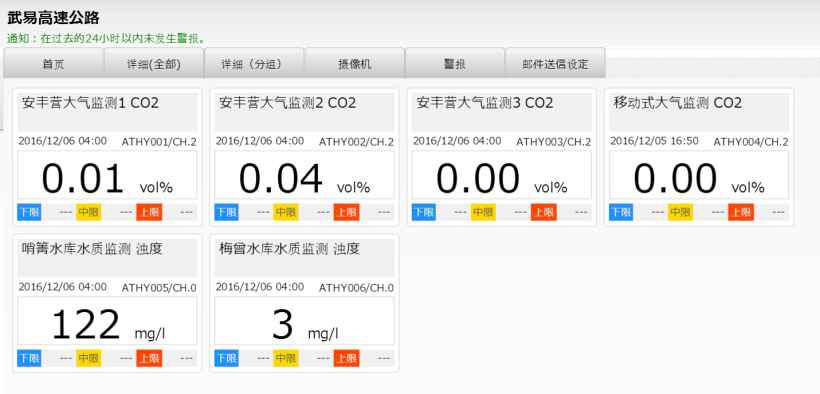
The whole project has been developed and supervised by Japanese engineers at the NIHON KASETSU premises in Beijing since 2007.
Although there is still a long way to go, there is already growing awareness in China of the need to respect the environment; with NIHON KASETSU solutions for emission control increasingly in demand in the difficult Chinese market.

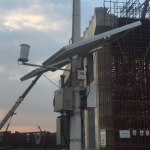
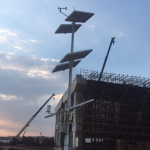
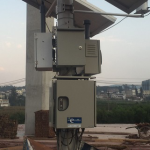
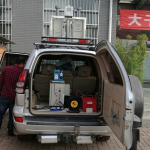
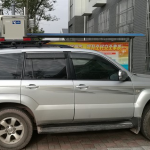
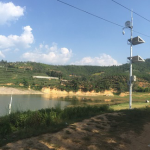
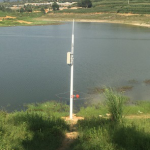
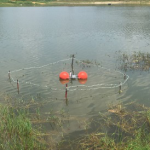
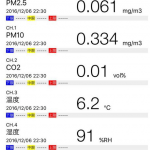
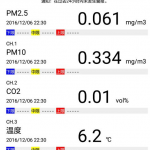
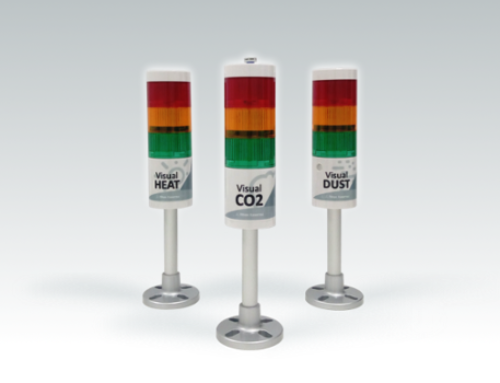

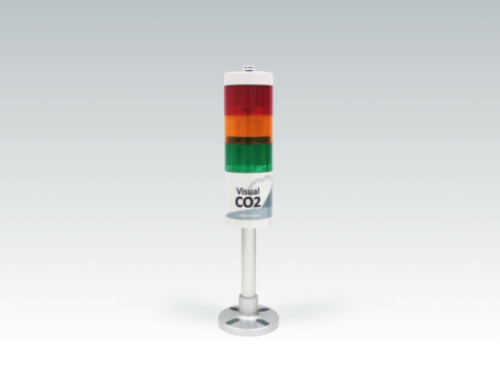
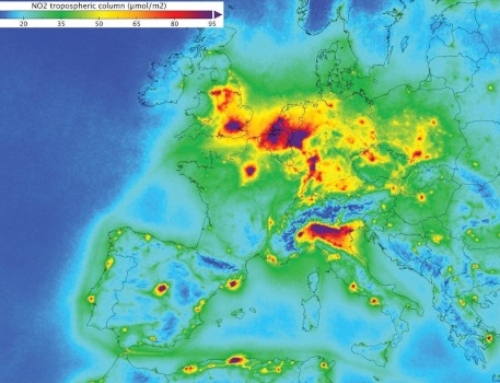
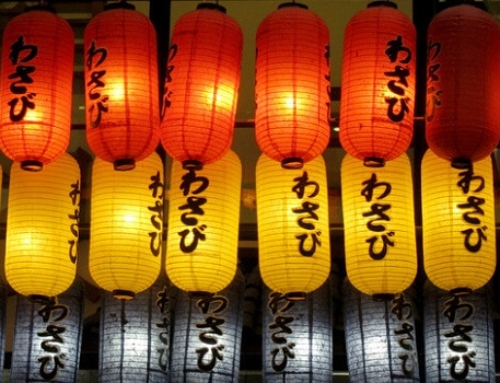
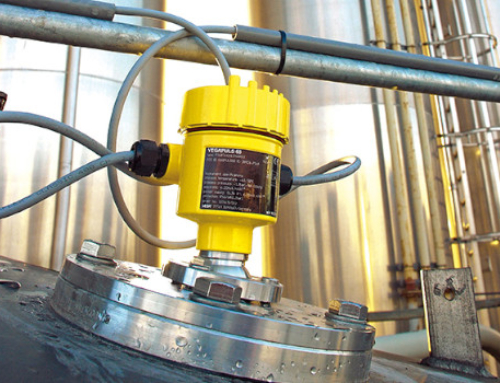
Leave A Comment